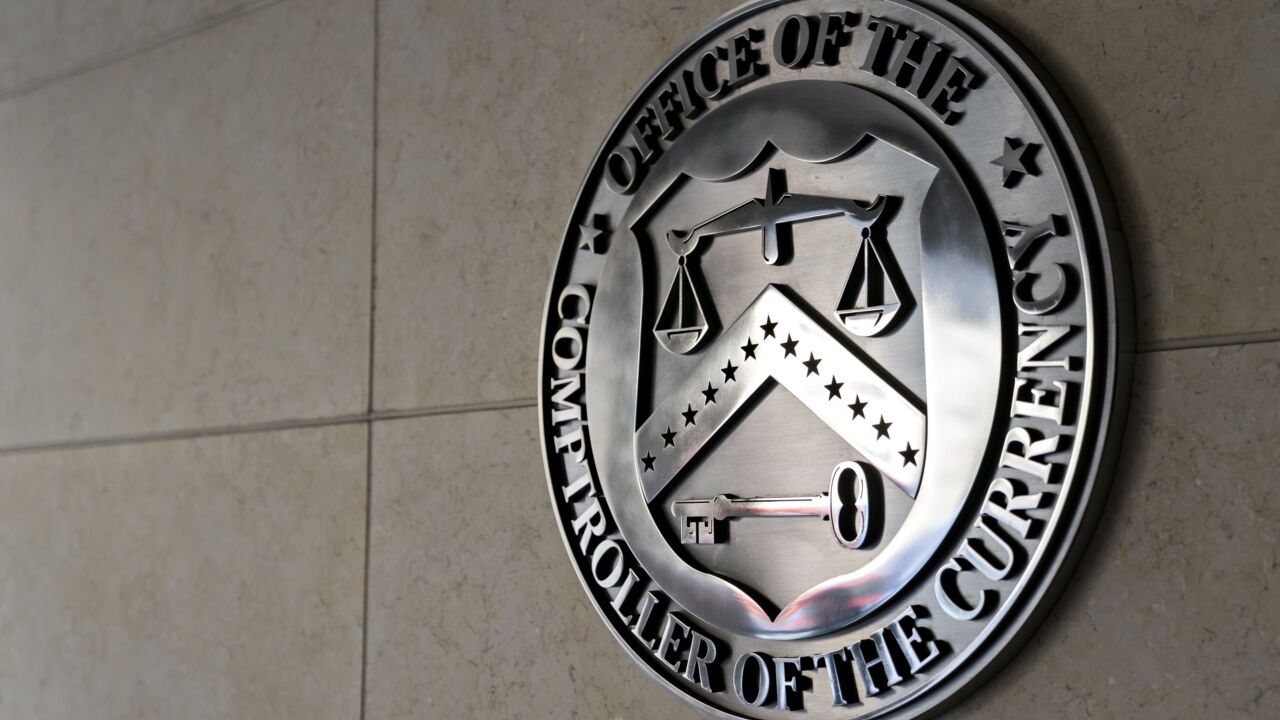Google and Square have entered the notoriously challenging person-to-person payment field, sidestepping one of the major hurdles other companies have faced: signing up new users.
Banks have had more success with P2P than newcomers because they have an existing customer base for which P2P is just an added feature. Google and Square are copying this strategy in their latest initiatives, tapping the consumers and merchants who are already enrolled with Google Wallet and Square.
This week, Google began letting its
Square, which
Google may have a decent start with its P2P service, mainly because of its integration into the Google Chrome browser, says Jeff Crawford, senior consultant with First Annapolis Consulting LLC.
Square, which doesn't have a service comparable to Gmail to lean on, may have a little more difficulty if it moves to establish Square Cash beyond its current invitation-only setup, Crawford says.
Generally, companies outside of the main payments industry networks have had a hard time establishing a P2P stand-alone service because their offering lacked convenience or had fees that turned off consumers, Crawford says.
But the biggest challenge is ubiquity, Crawford says.
"The consumer wants some reasonable assurance that if they send money off through their phone or an e-mail, that they can do it without having to know too much about the person they are sending to, as in what [compatible] bank or service they are using," Crawford says.
Banks view P2P services as a logical extension of their mobile banking offerings and a way to "dip their toes into mobile payments without establishing a full-blown wallet system," Crawford says.
Payments processors, on the other hand, can provide robust P2P services to take advantage of their network assets, Crawford says. Fiserv and FIS are examples of companies bringing strong P2P programs into the mix, he says.
Fiserv recently
These vendors are already looking past the initial issue of enrollment to tackle the next major hurdle: speed.
FIS research indicated consumers want P2P offered through its bank, and they wanted the payments to be immediate without long delays, says Chris Burfield, product marketing director at FIS.
"The real-time nature of People Pay makes these transactions as definitive as handing someone a $20 bill," Burfield says.
FIS research also indicates consumers who have recently completed a P2P transaction via check, cash, or electronic means overwhelmingly did not have a problem with that transaction, Burfield says.
"So, the low adoption rates by services that introduce problems, such as payment latency, are not surprising," Burfield adds.
Speed was a major factor in Fiserv's development of Popmoney Instant Payments, says Tom Roberts, Fiserv's senior vice president of marketing for electronic payments.
"It will make these types of payments more useful in a broader array of situations in which an immediate exchange of money is required or desired," he adds.
The Google and Square announcements are likely to spark banks to more quickly roll out and more heavily promote P2P payments to customers, Roberts says.
"For P2P payments to succeed there has to be a collective change in consumer behavior, and making consumers aware of the fact that there are alternatives to cash and checks is one of the catalysts for that change," Roberts says.
Ultimately, it comes down to consumer choice, he adds.
Some consumers will want to use P2P from their bank, while others may want it from another party. "They will go with what is easy and most convenient for them, so it's up to us to deliver that," he adds.





